Government sets voluntary goal of removing artificial colours by 2027
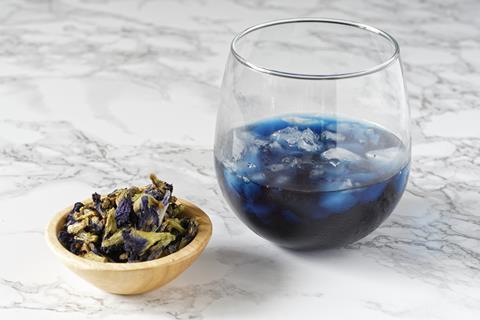
The US Food and Drug Administration (FDA) has approved three food colourings from natural sources as part of the Trump administration’s campaign to eliminate artificial dyes in American foods and beverages. The agency has set a goal that by the end of 2026 companies voluntarily phase out controversial synthetic dyes from the US food system, which are restricted in other places like the UK and European nations.
On 9 May, the FDA granted three colour additive petitions that will ‘expand the palette of available colours from natural sources for manufacturers to safely use in food’. The approvals are slated to take effect on 26 June.
The head of the Health and Human Services (HHS) department that oversees the FDA, Robert F Kennedy Jr, stated: ‘For too long, our food system has relied on synthetic, petroleum-based dyes that offer no nutritional value and pose unnecessary health risks. We’re removing these dyes and approving safe, natural alternatives – to protect families and support healthier choices.’
Galdieria extract blue, derived from the unicellular red algae Galdieria sulphuraria, has been approved for use in non-alcoholic beverages and beverage bases, fruit drinks, fruit smoothies, yogurt drinks, and more. French biotech company Fermentalg submitted its petition to the FDA in September 2021, and this appears to be the first authorisation for the natural ingredient’s use in food and beverages – it is not yet approved in the UK or EU, although petitions are pending there.
The agency has also extended approval for butterfly pea flower extract, a natural blue additive that can produce a range of blue shades as well as purples and greens. The extract is already approved in the US for use in various drinks and yoghurts, but St. Louis, US-based Sensient Colors’ February 2024 petition extends that use to cereals, crackers, snacks and other drink categories. In the EU, flowers of the blue butterfly pea are regulated as ‘Novel Food’ and therefore can only be used as a food supplement.
Finally, calcium phosphate has been approved as a white dye for use in ready-to-eat chicken products, doughnut sugar, and various candies, under February 2023 filing from Innophos based in New Jersey, US. Calcium phosphate is approved as a food additive in the EU.
The Washington, DC-based Consumer Brands Association that represents companies manufacturing and selling consumer packaged goods is sceptical of the government’s plan to remove synthetic dyes from the food supply.
‘The ingredients used in America’s food supply have been rigorously studied following an objective science and risk-based evaluation process and have been demonstrated to be safe,’ stated Melissa Hockstad, the trade group’s president and chief executive.
Similarly, the International Association of Color Manufacturers (IACM), whose members include the makers and users of natural as well as synthetic colours, emphasised that synthetic food dyes approved by the FDA continue to be used worldwide, including in Europe, and the agency is not proposing or issuing a mandatory ban on those dyes in the US.
However, proposing to reformulate such food dyes by the end of 2026 ‘ignores scientific evidence and underestimates the complexity of food production,’ IACM stated. This process is complex and the resulting supply disruptions will limit access to familiar, affordable grocery items, the organisation warned.
Meanwhile, in January the FDA under former president Joe Biden banned the commonly used food dye erythrosine, known as Red 3, from food, drinks and oral medicines, citing research showing it causes cancer in male rats. Now the agency is requesting that companies remove that colouring sooner than the previously required January 2027 deadline for foods and January 2028 deadline for ingested drugs.




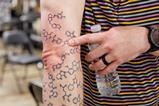
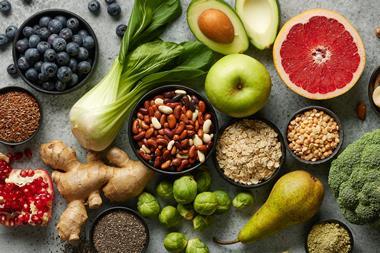


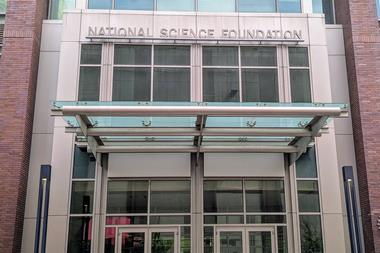
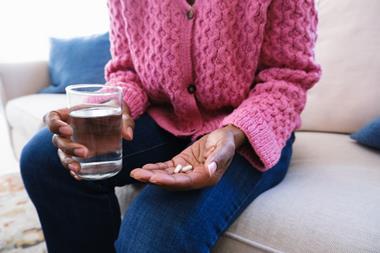

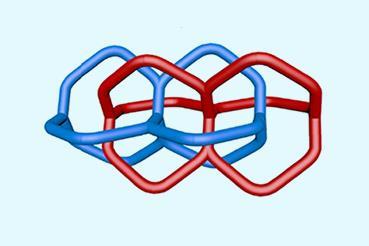
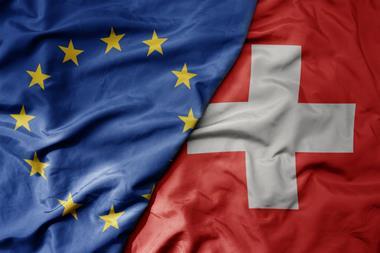



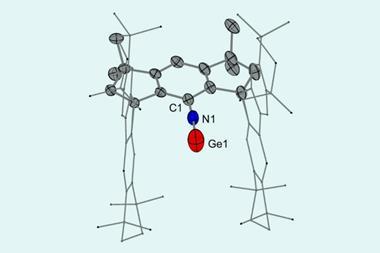
No comments yet